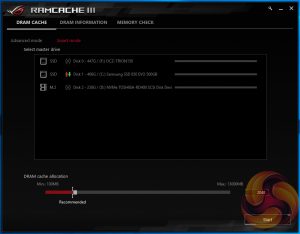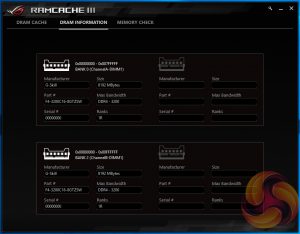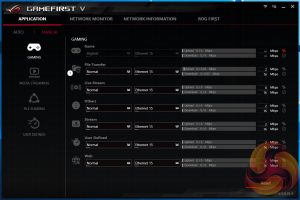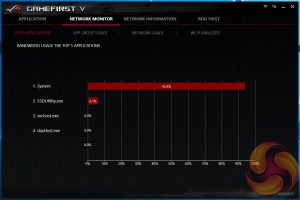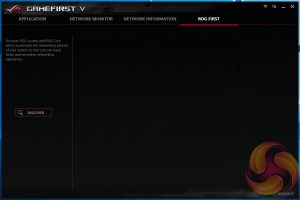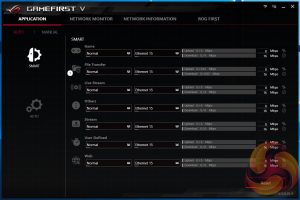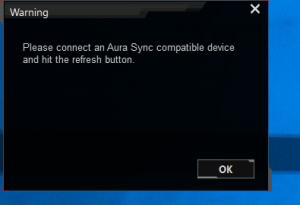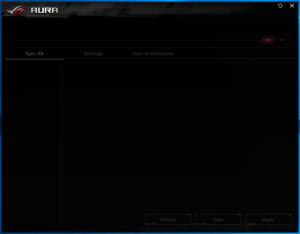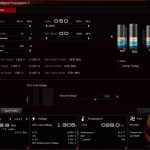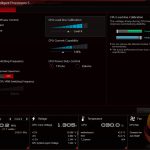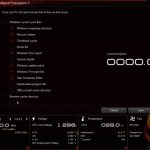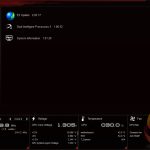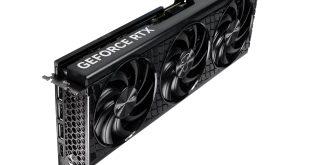ROG RamCache III has also moved on to a new generation with Z390, up from version II prior. Not much appears to have changed aside from the addition of a memory testing application and a different graphical user interface. The ROG RAMCache III software aims to help with program loading and file transfers of regularly accessed data.
Users simply need to set aside the amount of RAM they would like for caching and the RAM Cache III software handles everything else behind the scenes when in Smart mode. There is an advanced mode that gives some additional parameters for user-control of the software’s behaviour if smart mode doesn’t suffice.
GameFirst V is the latest iteration of the ASUS network management software, launched alongside Z390. It’s functionality hasn’t changed a great deal since iteration 4 – it’s still packet prioritisation and traffic shaping software. It supports Multi-Gate teaming which allows the WiFi and wired connections to be used at the same time, and to prioritise different applications to use each for different things. It sounds novel but most people are hampered by the speed of their internet connection before the way their PC manages network traffic.
This is how ASUS describe the latest iteration: “GameFirst V is the ROG-exclusive tool that optimizes network traffic for faster, lag-free online gaming. Team your gateways, keeps tabs on bandwidth-hogging apps and make adjustments on the fly.”
The ASUS AURA RGB software provided on the product page just didn’t work during our testing, we tried all versions available on the ASUS product page (1.06.91, 1.07.35, 1.07.36), the version on the ASUS utility DVD and tried each of those in combination with all the UEFI versions available on the product page. The error message we recorded each time was “Warning, Please connect an Aura Sync compatible device and hit the refresh button.” – clicking the refresh button made no difference.
We experienced a similar problem with the ASUS ROG Strix Z390-E Gaming but found that rolling back to version 1.06.17 fixed it. In the case of the ASUS ROG Strix Z390-I Gaming, version 1.06.17 didn't work either. During our testing we were not able to get the Windows ASUS AURA software working at all, even after using a new blank copy of Windows 10 1809.
While ASUS UK remains confident there are no issues with the compatibility of the AURA software, our testing continues to turn up issues. Given we've not been able to get to the root cause of the issue, it's difficult to know how widespread the issue is, or whether it's isolated to some configuration quirk of the KitGuru test bench.
The main software utility for the ASUS motherboard range is the multi-function AI Suite III or Dual Intelligent Processors 5. It contains within it a significant number of utilities including the EPU and TPU, the Turbo App for core and application-specific turbo behaviour, Fan Xpert 4, on-the-fly overclocking support, a cleaning utility and an ASUS software updating tool.
Users seeking to download the software from the ASUS website might notice that not every downloadable version includes all the relevant utilities, you may need to download several recent files marked AI Suite III to ensure you get all the individual utilities. Alternatively, the version on the disc can be used to get all the base utilities and then these can be updated from within the application.
The functionality of the new ASUS automated overclocking utility is also built into this ASUS application, for those with a desire to make use of it.
 KitGuru KitGuru.net – Tech News | Hardware News | Hardware Reviews | IOS | Mobile | Gaming | Graphics Cards
KitGuru KitGuru.net – Tech News | Hardware News | Hardware Reviews | IOS | Mobile | Gaming | Graphics Cards


